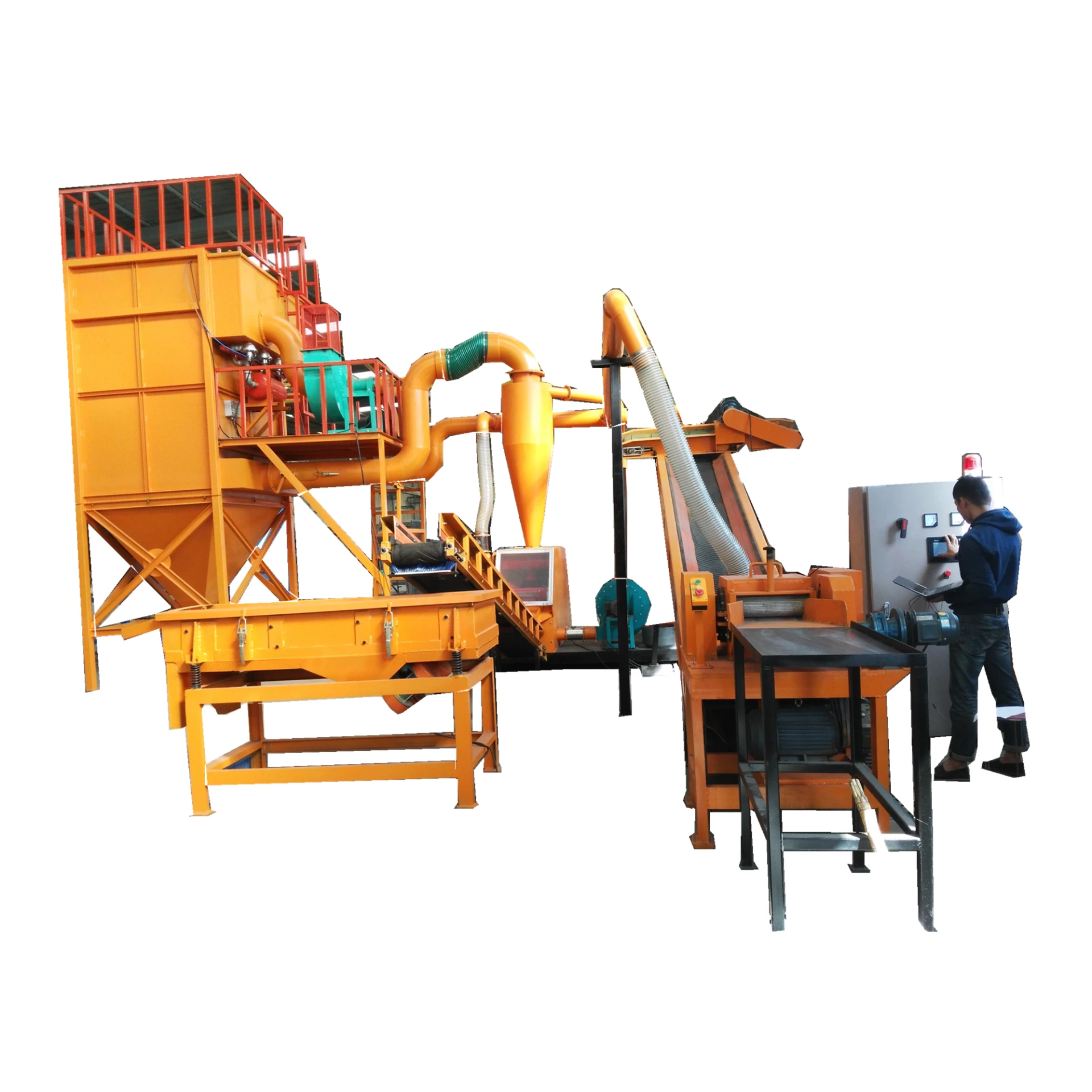

Out . 31, 2024 16:43 Back to list
How to Dispose of Printed Circuit Boards
Printed Circuit Boards (PCBs) are integral components of modern electronic devices. They are utilized in a myriad of applications, from smartphones to industrial machinery. However, when electronic devices reach the end of their lifespan, the responsible disposal of PCBs becomes crucial to minimize environmental impact and health risks. This article presents a guide on how to properly dispose of printed circuit boards.
Understanding the Environmental Impact
PCBs often contain hazardous materials, including lead, mercury, and brominated flame retardants. When improperly disposed of, these toxic substances can leach into the soil and waterways, causing serious environmental damage and potential health risks to humans and wildlife. Therefore, responsible disposal methods are imperative to mitigate these risks.
Recycling Options
1. Electronic Waste Recycling Centers The most effective way to dispose of PCBs is to send them to specialized electronic waste recycling centers. These facilities have the expertise and equipment to safely dismantle and recycle PCBs. They can recover valuable materials such as copper, gold, and silver, which can be reused in new products, thus reducing the need for virgin resources.
2. Manufacturer Take-Back Programs Many electronics manufacturers provide take-back programs, allowing consumers to return old electronics, including those containing PCBs, for proper disposal and recycling. Check with the manufacturer of your device to see if they offer this service. This not only ensures safe disposal but often encourages manufacturers to adopt more sustainable practices in their production processes.
3. Local Recycling Events Various community organizations and local governments often host recycling events where residents can drop off unwanted electronics, including PCBs. These events are an excellent opportunity to dispose of your electronic waste responsibly and often free of charge.

Disposal Guidelines
Before disposing of PCBs, follow these guidelines to ensure proper handling
- Do Not Throw in Regular Trash PCBs should never be placed in regular household trash. Instead, seek out the options mentioned above. - Remove Batteries If the electronic device contains batteries, remove them before disposal, as batteries require separate recycling methods due to their hazardous materials. - Data Deletion For devices that contain personal data, ensure that all sensitive information is deleted before disposal to protect your privacy.
Regulations and Compliance
Many countries have established regulations regarding electronic waste disposal. It is essential to familiarize yourself with local laws and guidelines to ensure compliance. Failure to adhere to these regulations can result in fines and legal repercussions.
Future Considerations
As technology evolves, the need for responsible PCB disposal will only increase. Innovations such as eco-friendly materials and designs that facilitate easier recycling are emerging. Supporting companies that prioritize sustainability can drive industry-wide changes, encouraging more environmentally friendly practices.
In conclusion, the responsible disposal of printed circuit boards is vital in protecting our environment and health. By utilizing recycling centers, participating in manufacturer take-back programs, and following local guidelines, individuals can contribute to a more sustainable future. Remember, every small action counts — proper disposal of PCBs is a step toward reducing electronic waste and conserving our planet.
Latest news
Troubleshooting Common Eddy Separator Problems
NewsJul.04,2025
The Role of Metal Recycling Plants in Circular Economy
NewsJul.04,2025
The Impact of Recycling Line Pickers on Waste Management Costs
NewsJul.04,2025
Safety Features Every Metal Shredder Should Have
NewsJul.04,2025
How Industrial Shredders Improve Waste Management Systems
NewsJul.04,2025
How Cable Granulators Contribute to Sustainable Recycling
NewsJul.04,2025